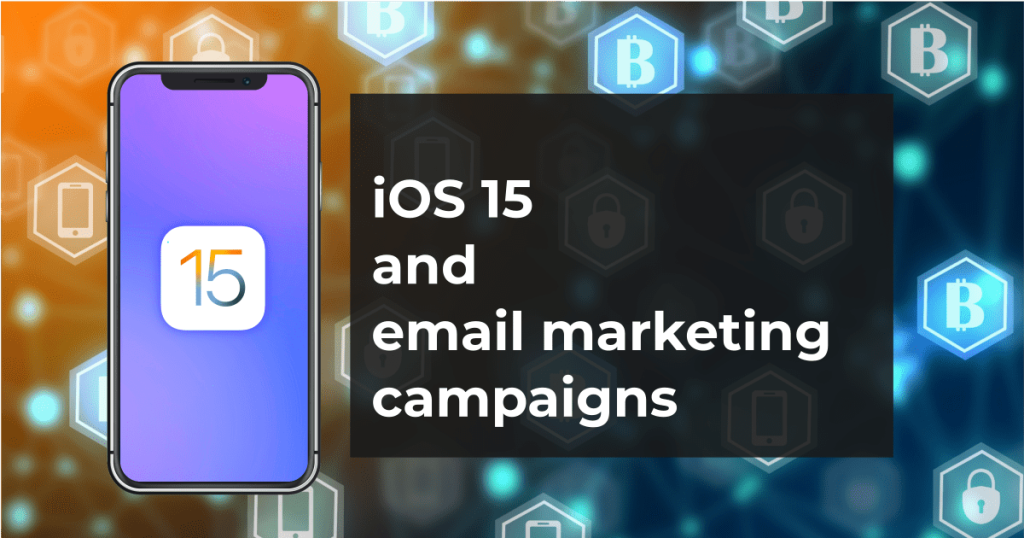What Businesses On The Web Need To Know About The IOS 15 Update
Mail Privacy Protection is a part of iOS 15 and it changes the game for email marketing campaigns. It’s time to audit existing long-term campaigns. Here is what we should be checking for.
What Businesses On The Web Need To Know About The IOS 15 Update Read More »






